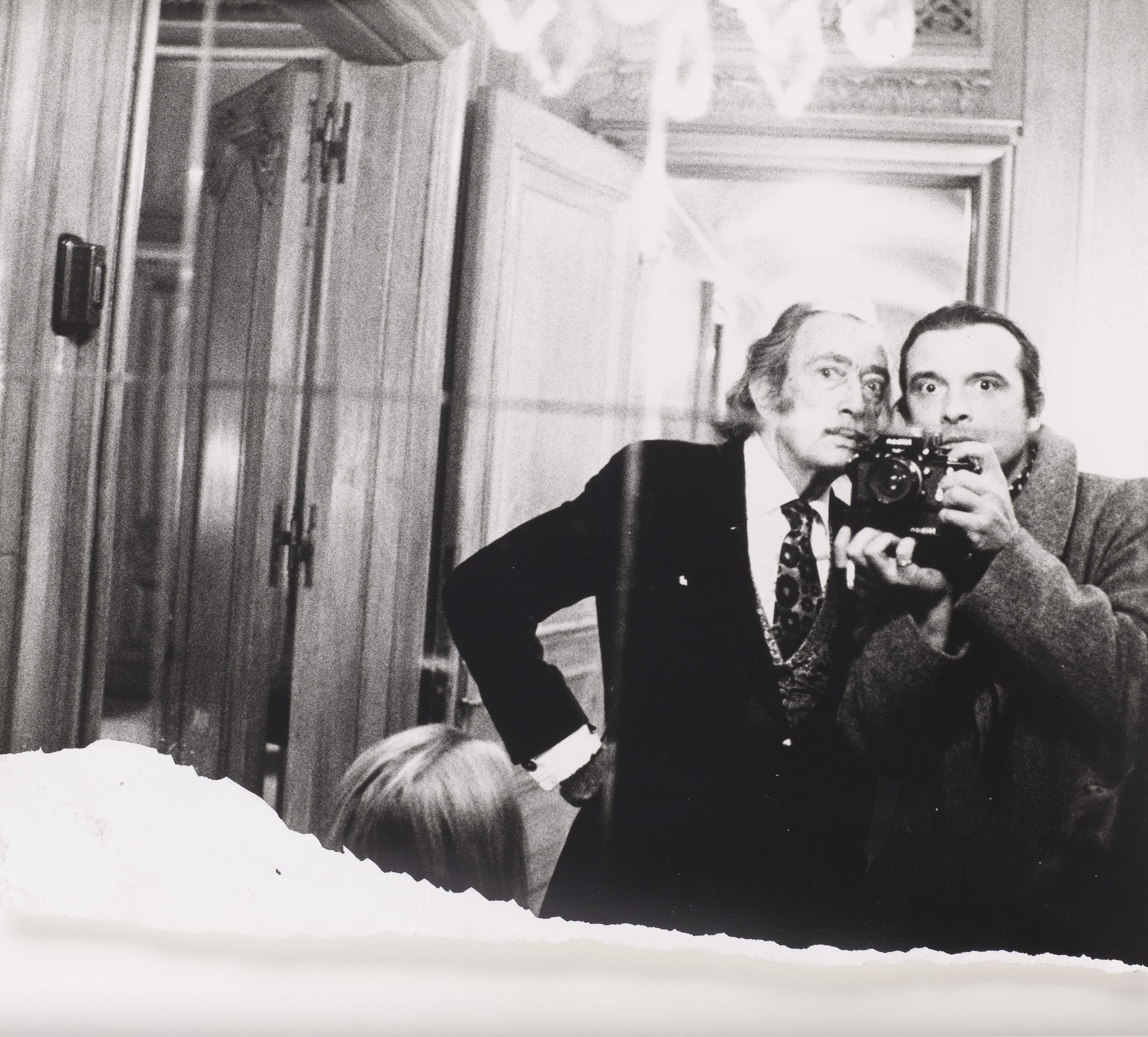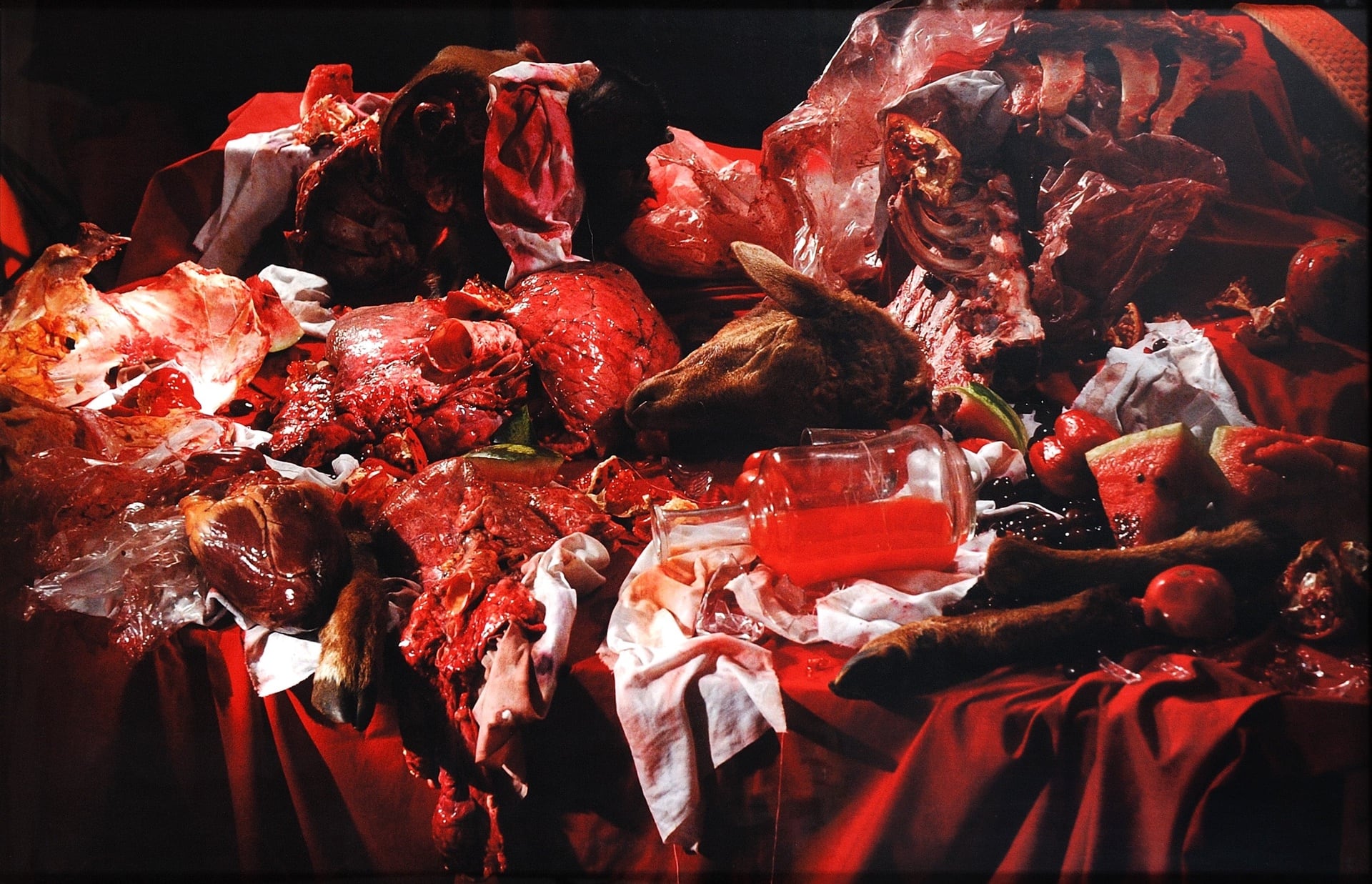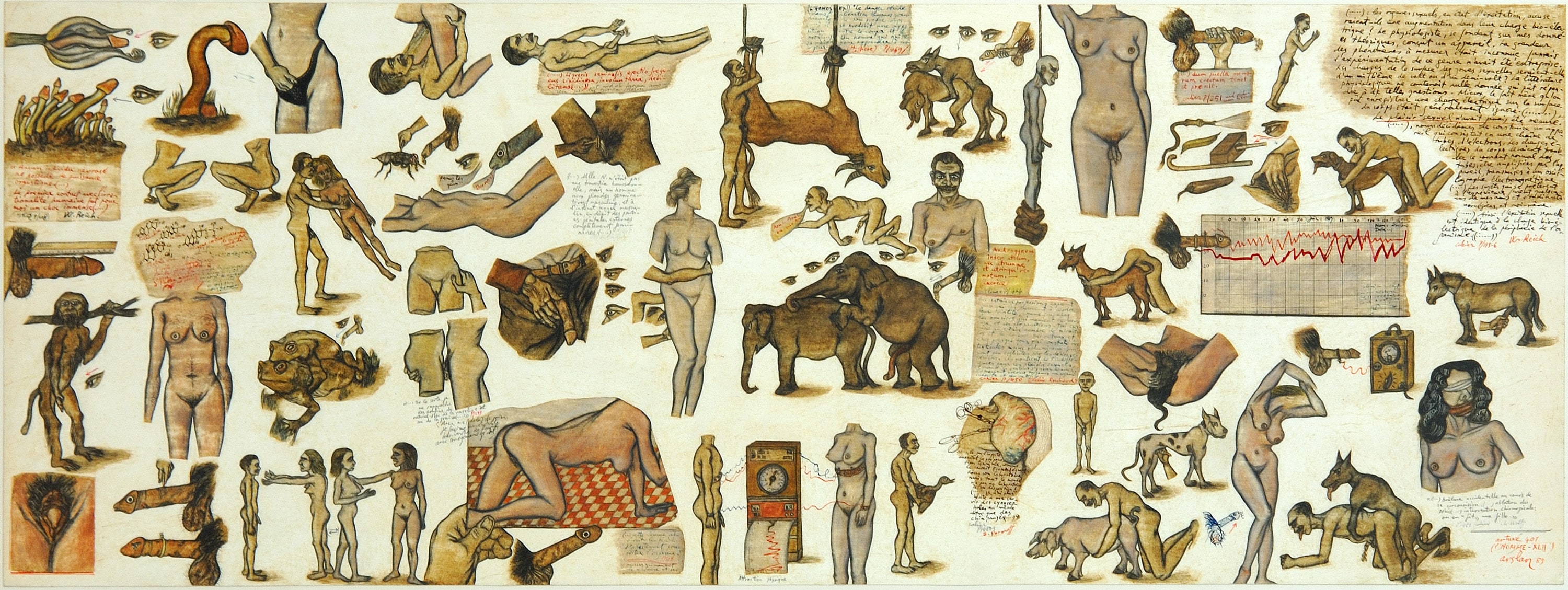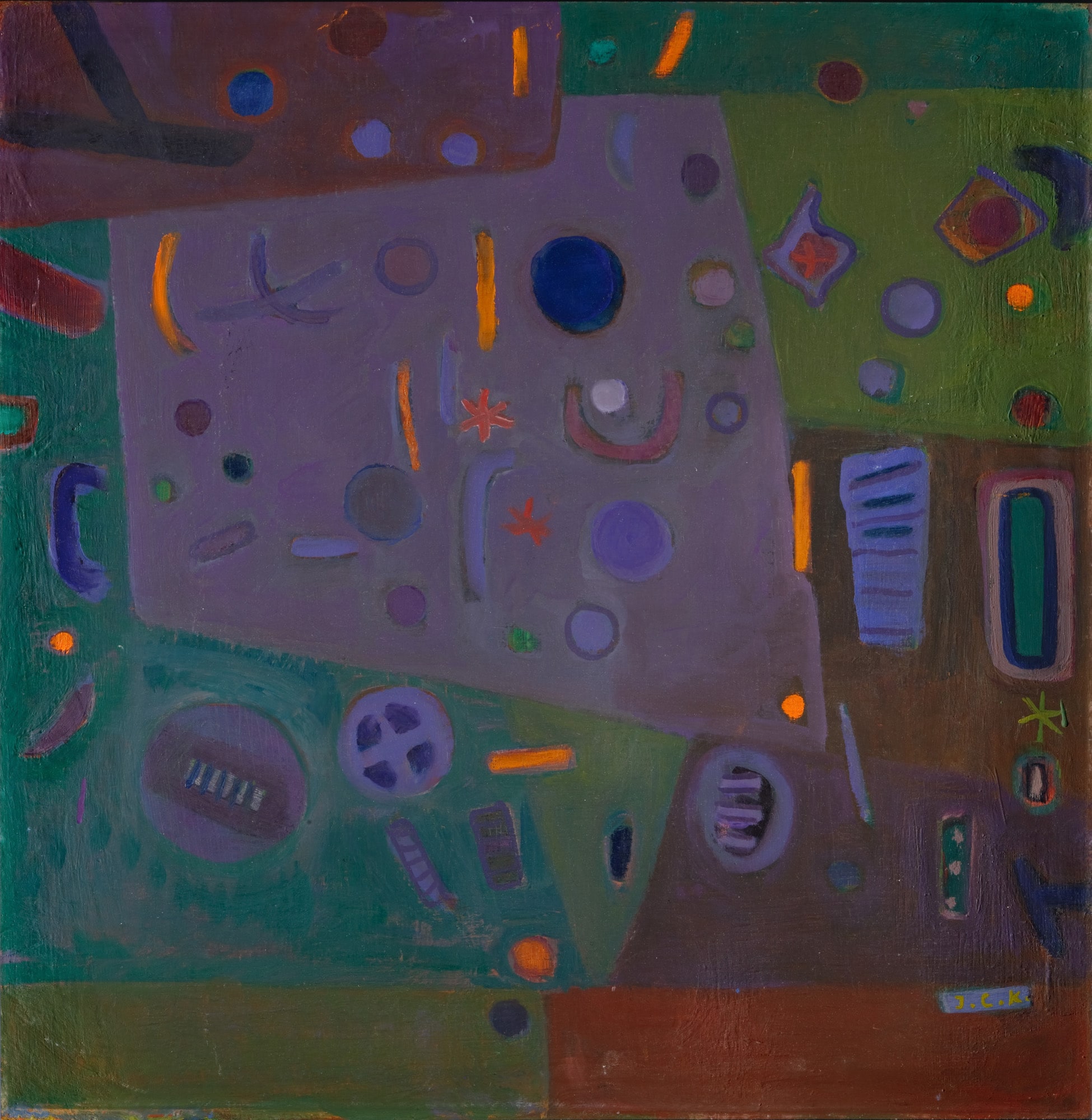11 March 2016
Each memory tells an intimate story; each collection presents us with the reality of containing an intimate story as well. The collection is akin to a whole in which many memories and stories of the artist, the viewer, and the collector are brought together. At the heart of a collection is memory, nurtured from the past and projecting into the future.
The outline of this section is drawn by the intimate stories of the collection and the two generation of collectors. We not only encounter the intimate story of the late Nahit Kabakcı, but we also find the things he envisaged for the future. Almost the entirety of the works brought together under this heading comprises works that put the context of memory into a process of reproduction through various metaphors and contents.

Uncharted, Dali ve Bailey, 1972, Silver gelatin print on glossy fibre paper 40,6 X 47,7 cm.
Recognized for the 1965 David Bailey’s Box of Pin-ups, which is still considered one of the leading portrait photography books in the world, Bailey has been a source of inspiration for many photographers. Avoiding fictional compositions, the artist would never use special clothes or accessories for his shoots, encourage his models to pose as they pleased, and utilize sharp light in front of a white background. His strong compositions, light plays, and dramatic contrasts thus always had a strong effect on the viewers on his black-and-white photographs.
Having met Salvador Dalí in the 1960s, David Bailey was finally able to take the artist’s photograph during a ball they attended at the Hôtel Meurice in Paris in 1972. Revealing a moment from the ball, the photograph was also one Bailey’s test strips. These ‘test tears’ were ‘torn’ by the artist himself as a result of the tests he ran to find the right exposure. Bailey considers these tests more as accidents, rather than mistakes; he likens them to the paint an artist accidentally smears on his canvas and tries to explore the unique characteristics of each accident. | TBa |

This print with the inscription “La Muerte De Dios” – The Death of God was created in the context of a major exhibition in 2006 with 28 new works by Damien Hirst in the Galeria Hilario Galguera, Mexico City. The themes, typical of the artist, of mortality, science, loyalty, love and the subconscious (surreal) were presented with relevant works, including, alongside the series ‘Natural History’, which relates to religious themes, the work ‘In the Name of the Father’, and sheep’s cadavers preserved in formaldehyde, whose composition recalls a crucifixion. The title was explained by Hirst saying that the ‘death of God’ recalls the death of the idea of God and all ideas would die sometime or other, he went on, and replaced for better or worse by new ideas.
The print, from the collection of Huma Kabakcı, is in classic tondo format. It depicts an extract from a row of drugs (pills) that have had a raspberry-coloured sauce or tincture poured over them, creating the impression of edible sweets. In the middle is a triangle standing on its head, in which a white death’s head is integrated. The vertices of the triangle bear, in both the English and Spanish versions, the inscription: The Death of God.
Damien Hirst is also known for his old-fashioned-looking glass-fronted pharmacy cabinets, some of them commissioned works, and for his famous death’s head ‘For the Love of God’, a lifelike skull cast in platinum and set with 8601 real diamonds of more than 1800 carats in total. The work was presented to the public on 1 June 2007, in other words a year before the present print was made. For Hirst, medicine seems to be a substitute religion in modern society. We want pills and tinctures to deliver healing. The extent to which this is possible at all is a question posed by artists such as Damien Hirst, who plays with the images of this world characterized by medicine. | TB |

Sabina Shikhlinskaya , Dangerous Red, 2008, Photograph, 74 x 133,5 cm.
Huma Kabakcı’s Collection includes a total of nine works by Sabina Shikhlinskaya: two photographs and seven paintings. The artist works in a variety of genres such as painting, video and photography, and she is likewise an internationally well-known curator. In 1999 she curated the project ‘Paradise Lost’ in which she also participated as an artist. On the Absheron peninsula she gathered objets trouvés, and realized installations that relate to the massive environmental damage caused by the oil industry in the region of the Azerbaijan capital Baku.
Sabina Shikhlinskaya is seen as a pioneer of conceptual art in Azerbaijan. In general, it can be said that both in her art and in her committed projects, the relationship between the individual and society plays an important role. The photograph illustrated here is a still from a video with the title Dangerously Red, dating from 2008. With a running time of about three minutes, the video shows, in a garish red ambience, a table on which animal offal and the severed head of a sheep can be seen along with other materials. In the middle of the film, cats are faded in. They run over the table and tip over the carafe filled with red juice or blood, which then runs out slowly.
Sabrina Shikhlinskaya’s note on this video is telling in respect of her attitude as artist. She says: “in the monotonous silence of everyday life there exists a danger of violence, aggression and death. At any moment, the static may be turned into dynamics, quietness – into catastrophe.” | TB |
Memory and Continuity: A Selection From the Huma Kabakcı Collection took place at the Pera Museum between 26 February-8 May 2016 at Pera Museum.

A firm believer in the idea that a collection needs to be upheld at least by four generations and comparing this continuity to a relay race, Nahit Kabakcı began creating the Huma Kabakcı Collection from the 1980s onwards. Today, the collection can be considered one of the most important and outstanding examples among the rare, consciously created, and long-lasting ones of its kind in Turkey.

A firm believer in the idea that a collection needs to be upheld at least by four generations and comparing this continuity to a relay race, Nahit Kabakcı began creating the Huma Kabakcı Collection from the 1980s onwards. Today, the collection can be considered one of the most important and outstanding examples among the rare, consciously created, and long-lasting ones of its kind in Turkey.
Tuesday - Saturday 10:00 - 19:00
Friday 10:00 - 22:00
Sunday 12:00 - 18:00
The museum is closed on Mondays.
On Wednesdays, the students can
visit the museum free of admission.
Full ticket: 300 TL
Discounted: 150 TL
Groups: 200 TL (minimum 10 people)